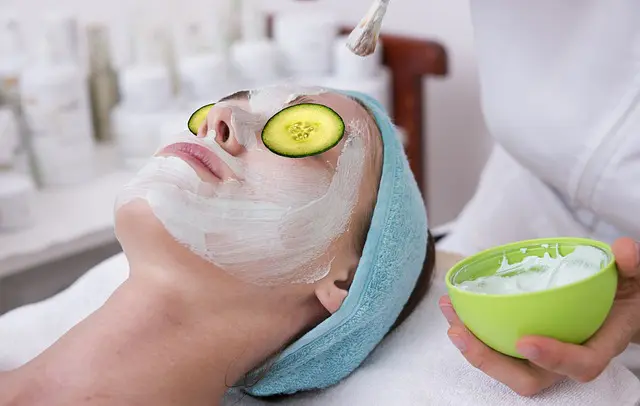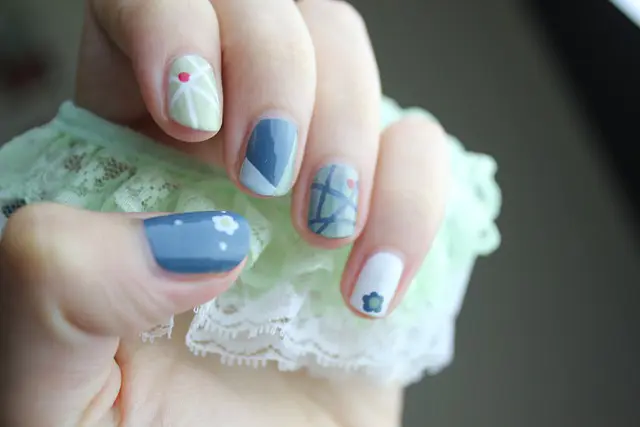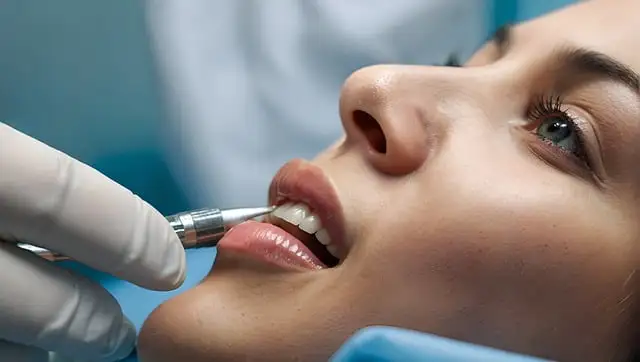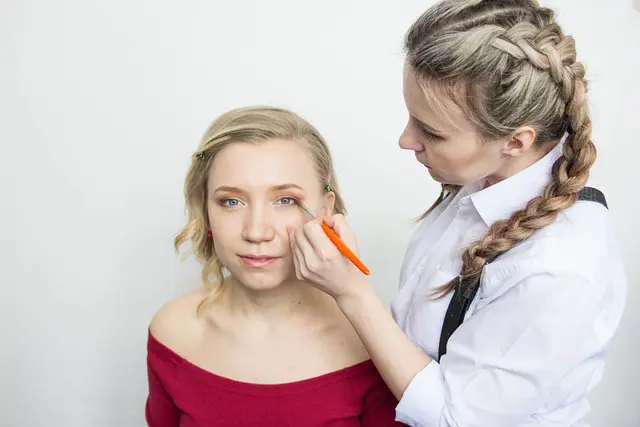The beauty industry is at a crossroads. As we move further into the 21st century, the way we think about beauty is evolving. No longer is beauty just about looking good—it’s about feeling good, doing good, and making choices that align with our values. From cutting-edge technology to sustainable practices, the future of beauty is shaping up to be more inclusive, innovative, and intentional than ever before.
In this blog post, I want to explore the trends and ideas that are defining the future of beauty. We’ll dive into the role of technology, the importance of sustainability, and the growing emphasis on self-love and mental well-being. Whether you’re a beauty enthusiast or someone who’s just starting to explore the world of skincare and makeup, this is your guide to what’s next in beauty.
The Tech Revolution: How Innovation is Changing Beauty
Technology is transforming every aspect of our lives, and beauty is no exception. From AI-powered skincare to virtual makeup try-ons, the intersection of beauty and tech is creating exciting new possibilities.
1. Personalized Skincare
One of the most significant advancements in beauty tech is the rise of personalized skincare. Brands are now using AI and machine learning to analyze your skin and create custom formulations tailored to your specific needs. By considering factors like your skin type, concerns, and even your environment, these products offer a level of precision that was previously unimaginable.
Example: Brands like Proven and Atolla use algorithms to create personalized serums and moisturizers, ensuring that every product is uniquely suited to your skin.
2. Virtual Try-Ons and Augmented Reality
Gone are the days of guessing whether a lipstick shade will suit you or if a foundation will match your skin tone. Augmented reality (AR) allows you to virtually try on makeup before you buy it. Apps like YouCam Makeup and ModiFace let you experiment with different looks in real-time, making it easier than ever to find products that work for you.
Tip: Use virtual try-ons to step out of your comfort zone and experiment with bold colors or trends you might not have considered before.
3. Wearable Beauty Devices
From LED masks to microcurrent tools, wearable beauty devices are bringing the spa experience into your home. These gadgets use advanced technology to address specific skin concerns, such as acne, wrinkles, and dullness. While they may require an upfront investment, they can be a cost-effective way to maintain your skin over time.
Example: The Foreo Luna facial cleansing brush uses sonic vibrations to deeply cleanse your skin, while the NuFACE microcurrent device helps tone and lift your facial muscles.
Sustainability in Beauty: A Greener Future
As consumers become more environmentally conscious, the beauty industry is stepping up to meet the demand for sustainable practices. From eco-friendly packaging to clean formulations, sustainability is no longer a niche—it’s a necessity.
1. Clean Beauty
Clean beauty is all about using safe, non-toxic ingredients that are good for both your skin and the planet. This means avoiding harmful chemicals like parabens, sulfates, and synthetic fragrances, and opting for natural, organic, and ethically sourced ingredients instead.
Tip: Look for certifications like USDA Organic, EWG Verified, or Leaping Bunny to ensure that a product meets clean beauty standards.
2. Zero-Waste Packaging
The beauty industry has long been criticized for its excessive use of plastic packaging. In response, many brands are now adopting zero-waste practices, such as using recyclable, biodegradable, or refillable containers.
Example: Lush offers “naked” products like shampoo bars and solid conditioners that come without packaging, while brands like Kjaer Weis and Fenty Beauty offer refillable compacts for their makeup products.
3. Waterless Beauty
Water is a precious resource, and the beauty industry is one of the biggest consumers of it. Waterless beauty products, which are formulated without water, are not only more concentrated and effective but also more sustainable.
Example: Brands like Pinch of Colour and Ethique offer waterless skincare and makeup products that are both eco-friendly and highly potent.
The Rise of Self-Love and Mental Well-Being
In recent years, there has been a growing recognition of the connection between beauty and mental health. The future of beauty isn’t just about looking good—it’s about feeling good, too.
1. Beauty as Self-Care
For many people, beauty routines are a form of self-care. Whether it’s a relaxing skincare ritual or a bold makeup look that boosts your confidence, beauty can be a powerful tool for improving your mental well-being.
Tip: Incorporate mindfulness into your beauty routine by focusing on the sensory experience—the feel of the product on your skin, the scent, the texture. This can turn your routine into a calming, meditative practice.
2. Inclusive Beauty Campaigns
The beauty industry is finally starting to embrace diversity and representation in its advertising. Campaigns that feature models of all ages, sizes, genders, and skin tones are helping to challenge traditional beauty standards and promote self-acceptance.
Example: Brands like Fenty Beauty, Glossier, and Rare Beauty have been praised for their inclusive marketing and product offerings.
3. Mental Health Awareness
Some beauty brands are going a step further by partnering with mental health organizations or incorporating mental health messaging into their campaigns. This shift reflects a broader understanding that beauty is about more than just appearance—it’s about how we feel inside.
Example: The Body Shop has partnered with mental health charities to raise awareness and funds, while brands like Lush have created products specifically designed to promote relaxation and stress relief.
The Role of Social Media: A Double-Edged Sword
Social media has had a profound impact on the beauty industry, for better and for worse. On one hand, it has democratized beauty, giving a platform to diverse voices and allowing anyone to share their unique perspective. On the other hand, it has also perpetuated unrealistic standards and fueled comparison culture.
1. The Power of Influencers
Beauty influencers have become some of the most powerful voices in the industry, shaping trends and driving sales. However, it’s important to remember that what you see on social media is often curated and edited. Don’t let it undermine your self-confidence.
Tip: Follow influencers who promote authenticity and self-love, and don’t be afraid to unfollow accounts that make you feel bad about yourself.
2. The Rise of User-Generated Content
User-generated content (UGC) is becoming increasingly important in the beauty world. Reviews, tutorials, and before-and-after photos from real users can provide valuable insights and help you make more informed purchasing decisions.
Tip: Look for UGC on platforms like YouTube, TikTok, and Instagram, and pay attention to reviews from people with similar skin types or concerns.
Final Thoughts: Beauty in the Age of Authenticity
The future of beauty is bright, but it’s also complex. As we navigate this ever-changing landscape, it’s important to stay true to ourselves and our values. Whether you’re drawn to the latest tech innovations, passionate about sustainability, or focused on self-love and mental well-being, there’s a place for you in the beauty world.
Remember, beauty is not one-size-fits-all. It’s a deeply personal journey that reflects who you are and what you care about. So, embrace your individuality, celebrate your uniqueness, and don’t be afraid to redefine beauty on your own terms.
Here’s to a future where beauty is inclusive, sustainable, and empowering—a future where we can all feel beautiful, inside and out.











